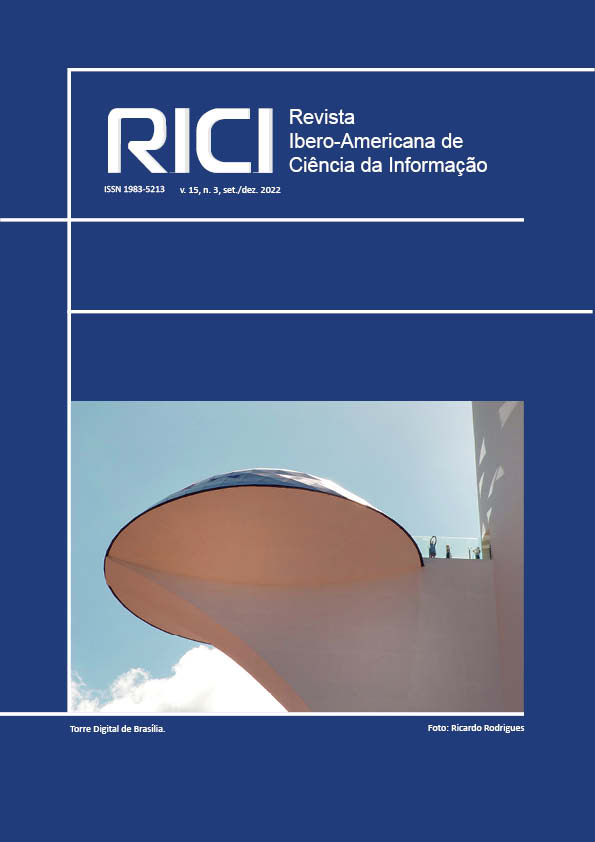Memoria sonora en formato rollo de pianola: la Colección Hazen
DOI:
https://doi.org/10.26512/rici.v15.n3.2022.45666Palabras clave:
Hazen, Rollo de pianola, Sinfonías, Victoria, Best, BeethovenResumen
La colección de rollos de pianola de la familia Hazen, compuesta por 489 ejemplares, es un magnífico ejemplo de conservación y mantenimiento de la memoria sonora de un tiempo no tan lejano. A finales del XIX y principios del XX, comenzaron a popularizarse los autopianos, las pianolas y los pianos eléctricos que irrumpieron en muchos hogares burgueses de Europa y América. La casa Hazen, principal vendedora y distribuidora de pianos en España, empezó con la venta y comercialización de estos instrumentos y también del repertorio para su ejecución: los rollos de pianola. Todo tipo de melodías fueron grabadas en estos soportes siendo las Sinfonías de Beethoven algunos de los títulos más presentes en la colección que nos ocupa. Aunque la casa Hazen suministró con las pianolas rollos de toda clase y estilo, fueron especialmente relevantes los que conformaban el catálogo de la casa Victoria y también de Best, filial de la primera para su venta y exportación a Latinoamérica, con un repertorio más adecuado a esas latitudes. Actualmente, tanto las bibliotecas de cierta importancia como los poseedores particulares de este tipo de soportes, están enfocando sus esfuerzos hacia la digitalización de estos materiales para una mejor conservación del patrimonio musical documental y para la difusión del mismo a través de nuevos dispositivos.
Descargas
Publicado
Número
Sección
Licencia
Derechos de autor 2022 Esther Burgos Bordonau

Esta obra está bajo una licencia internacional Creative Commons Atribución 4.0.
Aviso de derechos de autor/a
Los autores que publican en esta revista concuerdan con los siguientes términos:
Los autores mantiene los derechos autorales y conceden a la revista el derecho de primera publicación, con el trabajo simultáneamente licenciado bajo Creative Commons - Reconocimiento 4.0 Internacional (CC BY 4.0), permitiendo el reparto del trabajo con reconocimiento de la autoría y la publicación inicial en esta revista. Los autores tienen autorización para asumir contratos adicionales separadamente, para la distribución no-exclusiva de la versión del trabajo publicada en esta revista (p.ej.: distribuir en el repositório institucional o publicar como capítulo de libro), con reconocimiento de la autoría y la publicación inicial en esta revista. Los autores tienen permiso y son apoyados a distribuir su trabajo online (p.ej.: en repositórios institucionales o en su página personal) a cualquier punto antes o durante el proceso editorial, ya que eso puede generar efectos productivos, así como aumentar el impacto y la citación del trabajo publicado.
















